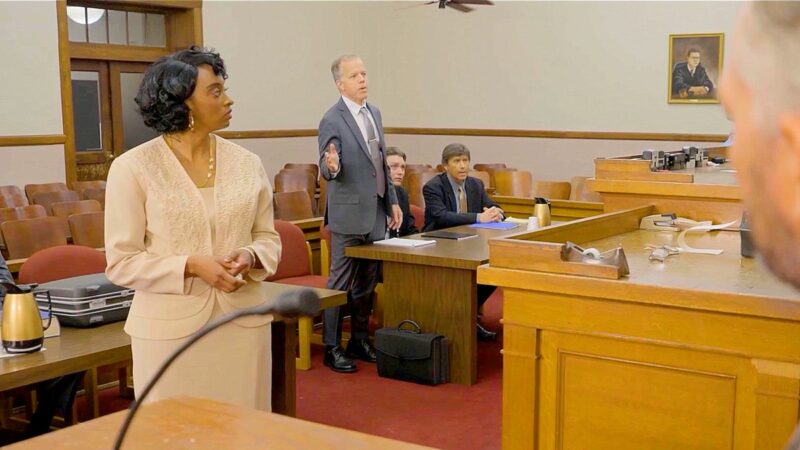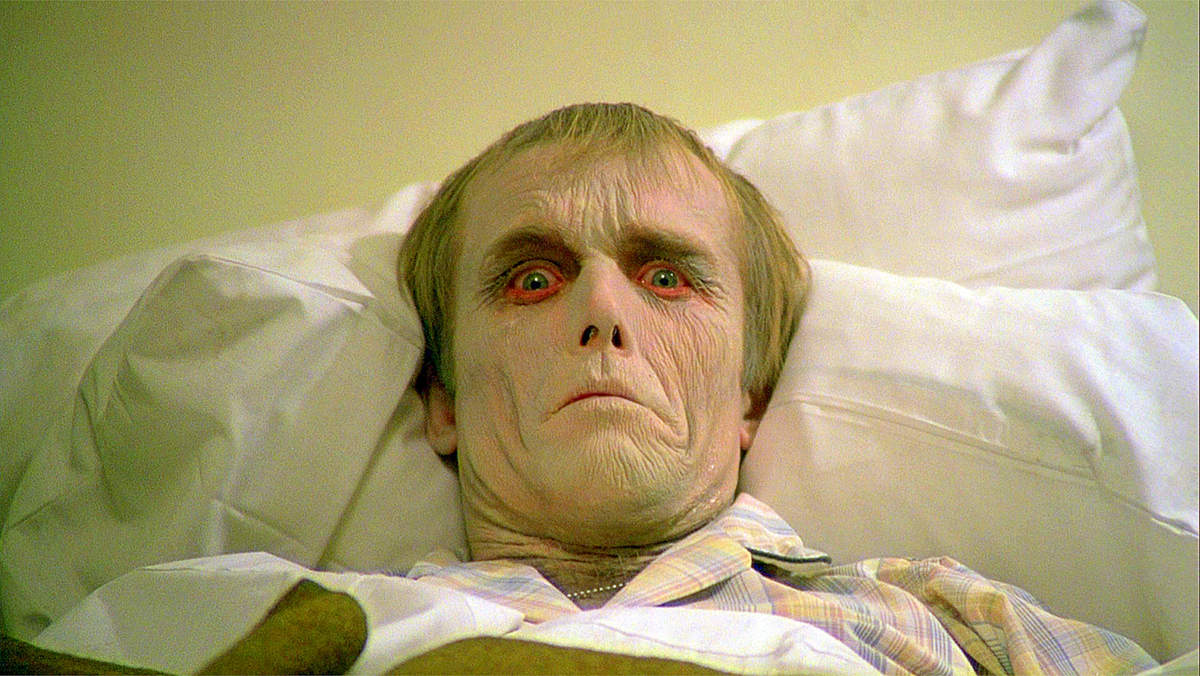
Peter Nichols — March 28, 2025
A Groundbreaking Classic
In the realm of horror cinema, few films have left as enduring a mark as Dawn of the Dead. This classic redefined the zombie genre and also sparked a cultural phenomenon that resonates today. From its chilling commentary on consumerism to its exploration of societal fears, the film awakened a conversation that transcended the screen, influencing everything from fashion trends to political discourse.
As we delve into the intricate layers of Dawn of the Dead, we uncover its profound cultural impact, illustrating how it has become more than just a film but a mirror reflecting the anxieties and realities of the time. Join us as we explore the themes, symbols, and legacies that continue to haunt audiences, proving that even in a fictional apocalypse, the truths about humanity remain alarmingly relevant.
Dawn of the Dead Official Trailer
The Official Trailer for Dawn of the Dead Directed by George Romero
Awakening the Undead: Exploring the Cultural Impact of Dawn of the Dead – Overview of the Zombie Genre in Film
The zombie genre in film has evolved significantly over the years, transitioning from obscure horror elements to mainstream cultural phenomena. Initially, zombies were depicted as mystical creatures rooted in Haitian folklore, brought to life in early films like White Zombie (1932). These early portrayals focused on voodoo rituals and the supernatural, offering a glimpse into a world where the undead were controlled by sinister forces. As time progressed, the genre began to shift, embracing new interpretations that would lay the groundwork for modern zombie narratives.
The turning point for zombies in cinema came with George A. Romero’s Night of the Living Dead (1968). Romero’s film introduced zombies as reanimated corpses driven by an insatiable hunger for human flesh. This reinvention of the zombie archetype not only sparked a wave of imitators but also established the genre’s potential to reflect societal issues. Romero’s zombies were not merely monsters; they were symbols of societal breakdown and human fear, capturing the anxieties of a world on the brink of chaos. This foundational work paved the way for subsequent films to explore deeper thematic elements within the zombie genre.
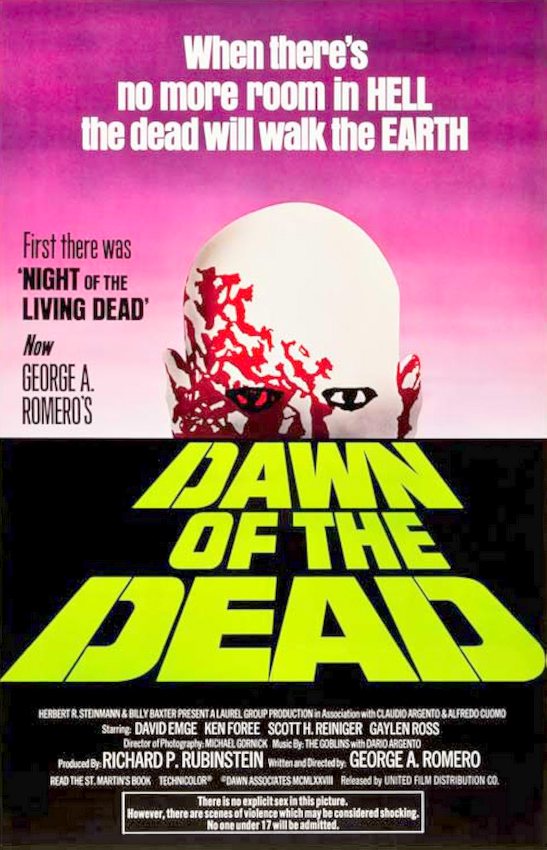
As the zombie genre matured, filmmakers began to experiment with various narratives and settings, from post-apocalyptic landscapes to suburban nightmares. The genre’s versatility allowed for a wide array of storytelling possibilities, including satire, action, and even romance. Films like 28 Days Later (2002), Shaun of the Dead (2004), and Dawning of the Dead (2017) showcased the genre’s adaptability, blending horror with other elements to create unique cinematic experiences. Through these diverse interpretations, the zombie genre has maintained its relevance, continually reflecting the evolving fears and fascinations of society.
The Cultural Context of ‘Dawn of the Dead’
Dawn of the Dead,” released in 1978, emerged during a period of significant cultural and societal change. The late 1970s were marked by economic instability, political unrest, and a growing disillusionment with consumer culture. Amidst this backdrop, George A. Romero crafted a film that would not only entertain but also offer a biting critique of contemporary society. By situating his narrative within a shopping mall, Romero transformed the zombie apocalypse into a metaphor for unchecked consumerism and the dehumanizing effects of modern life.
The shopping mall setting in Dawn of the Dead serves as a powerful symbol of consumer culture. As the zombies mindlessly wander through the mall, they mirror the behaviors of the living, who often engage in similarly mindless consumption. This juxtaposition highlights the film’s central message: that in our relentless pursuit of material goods, we risk losing our humanity. Romero’s portrayal of the mall as both a refuge and a trap underscores the paradox of consumerism, where the promise of fulfillment is ultimately hollow.
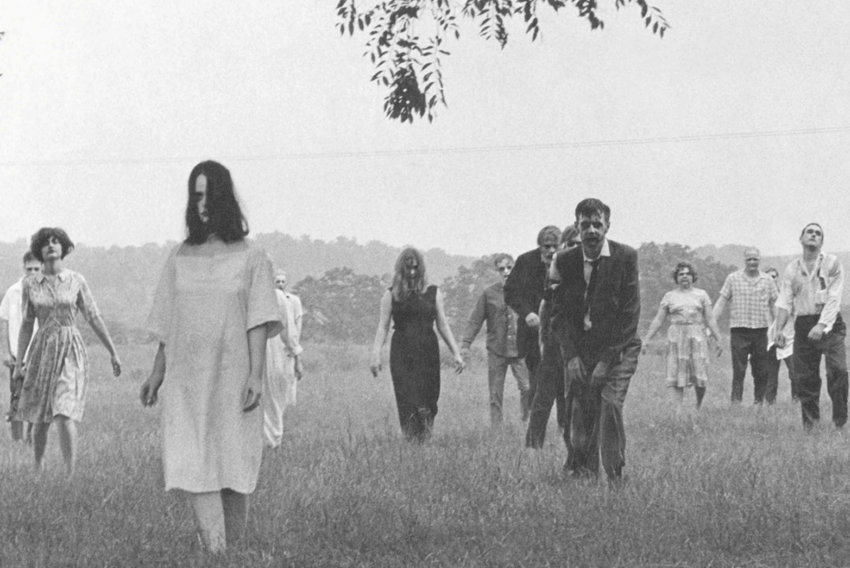
Beyond its critique of consumer culture, Dawn of the Dead also reflects the broader societal fears of its time. The film’s depiction of societal collapse and the erosion of social norms resonates with the anxieties of a world grappling with economic uncertainty and political instability. In this sense, the zombies become a metaphor for the breakdown of societal structures, embodying the chaos and unpredictability that characterized the era. Through its exploration of these themes, Dawn of the Dead offers a poignant commentary on the human condition, capturing the essence of a world in flux.
Key Themes and Messages in the Film
At its core, “Dawn of the Dead” is a film rich with themes and messages that extend beyond its horror elements. One of the most prominent themes is the critique of consumerism, as previously mentioned. The film’s setting within a shopping mall serves as a microcosm of modern society, where the pursuit of material wealth becomes an all-consuming endeavor. Through the zombies’ aimless wandering and the survivors’ desperate attempts to maintain normalcy, Romero highlights the emptiness of consumer culture and its ability to strip individuals of their humanity.
Another significant theme in “Dawn of the Dead” is the concept of survival. The film explores the lengths to which individuals will go to survive in the face of overwhelming odds. This theme is embodied in the characters’ struggles to maintain their humanity and sense of identity amidst the chaos of the zombie apocalypse. Through their interactions and decisions, Romero delves into the moral complexities of survival, questioning what it means to be human in a world where societal norms have collapsed.
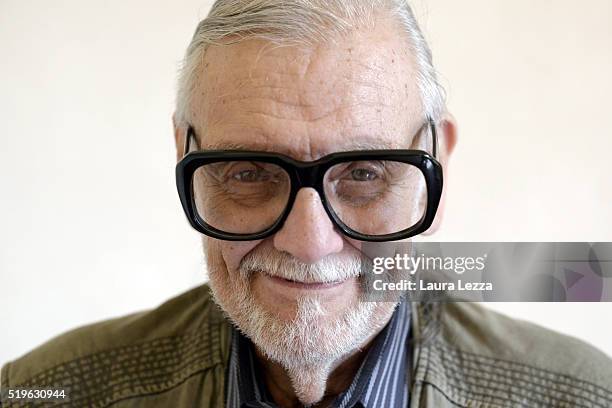
The film also addresses the theme of societal decay. As the zombies overrun the mall and the survivors’ attempts to establish order fail, “Dawn of the Dead” paints a bleak picture of a world teetering on the edge of collapse. This portrayal serves as a reflection of the broader societal fears of the era, capturing the sense of uncertainty and instability that permeated the late 1970s. By presenting the zombie apocalypse as a metaphor for societal decay, Romero offers a chilling commentary on the fragility of human civilization.
The Evolution of Zombie Portrayals in Media
Since the release of “Dawn of the Dead,” the portrayal of zombies in media has undergone significant evolution. Initially, zombies were depicted as slow-moving, mindless creatures, driven solely by their hunger for human flesh. This portrayal, popularized by Romero, became the standard for zombie narratives, influencing countless films and television shows in the years that followed. However, as the genre continued to evolve, filmmakers began to experiment with new interpretations, adding depth and complexity to the zombie archetype.
One of the most notable shifts in zombie portrayals came with the introduction of fast-moving zombies. Films like “28 Days Later” (2002), “World War Z” (2013) and Dawning of the Dead (2017), redefined the genre by presenting zombies as agile and relentless predators. This change added a new level of intensity and urgency to zombie narratives, heightening the sense of danger and unpredictability. By challenging the traditional depiction of zombies, these films expanded the genre’s possibilities, paving the way for more dynamic and engaging storytelling.
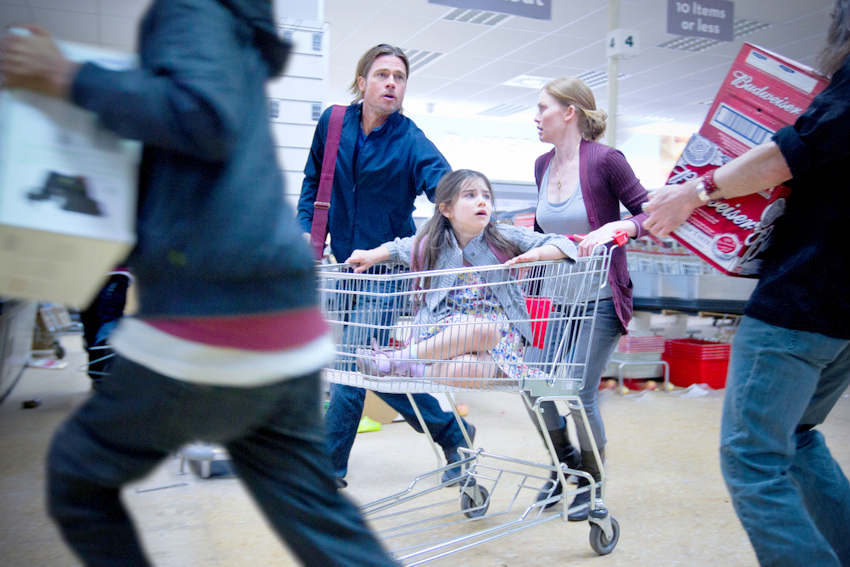
In addition to changes in physical characteristics, the portrayal of zombies has also evolved in terms of their symbolic significance. Modern zombie narratives often explore themes such as identity, morality, and social justice, using zombies as metaphors for broader societal issues. For example, the television series “The Walking Dead” delves into the complexities of human relationships and the moral dilemmas of survival, while films like “Train to Busan” (2016) address themes of sacrifice and solidarity. Through these diverse interpretations, the zombie genre has continued to reflect and respond to the evolving fears and concerns of society.
‘Dawn of the Dead’ and Its Influence on Pop Culture
The impact of “Dawn of the Dead” on pop culture is undeniable, with its influence extending far beyond the realm of horror cinema. The film’s iconic imagery and themes have permeated various aspects of popular culture, from fashion to music to literature. Its critique of consumerism, in particular, has resonated with audiences, inspiring countless references and homages in other media. By transforming the zombie apocalypse into a metaphor for modern life, Romero’s film has left an indelible mark on the cultural landscape.
The fashion industry has notably embraced the film’s aesthetic, with designers incorporating elements of the zombie apocalypse into their creations. The grunge movement of the 1990s, characterized by its distressed and deconstructed styles, drew inspiration from the gritty, apocalyptic world of “Dawn of the Dead.” More recently, the influence of the film can be seen in the popularity of zombie-themed clothing and accessories, as well as in runway shows that evoke the eerie, dystopian atmosphere of Romero’s classic.
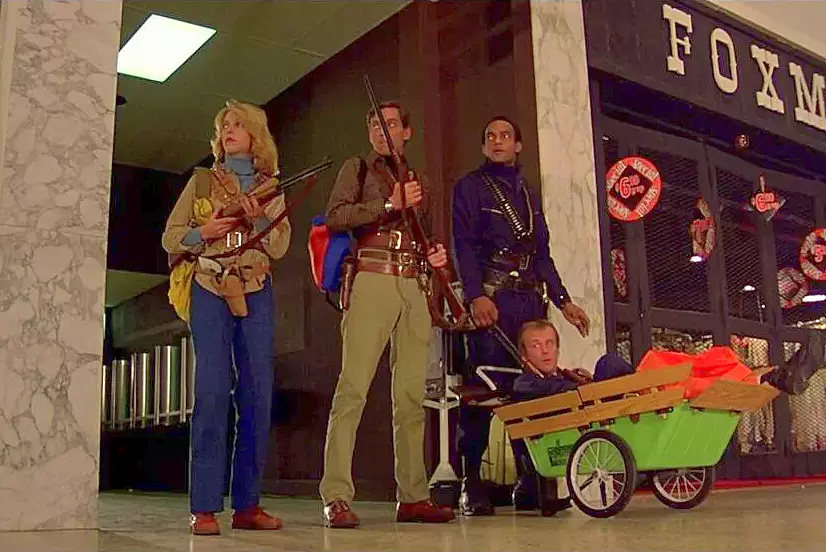
Music has also been profoundly affected by “Dawn of the Dead,” with numerous artists drawing inspiration from its themes and imagery. Bands like The Misfits and Rob Zombie have incorporated references to the film into their lyrics and stage performances, celebrating its dark, rebellious spirit. The film’s critique of consumer culture has also found resonance in punk and alternative music, where artists often challenge societal norms and question the status quo. Through these connections, “Dawn of the Dead” continues to influence and inspire new generations of musicians.
Critical Reception and Audience Response
Upon its release, “Dawn of the Dead” received a mix of critical acclaim and controversy. Critics praised the film for its innovative approach to the zombie genre and its incisive social commentary. Roger Ebert, for instance, lauded the film as “one of the best horror films ever made,” highlighting its ability to blend horror with thought-provoking themes. The film’s critique of consumer culture and exploration of societal fears resonated with many reviewers, who recognized Romero’s skill in using horror as a vehicle for social critique.
However, “Dawn of the Dead” also faced criticism for its graphic violence and disturbing imagery. Some reviewers were shocked by the film’s explicit depictions of gore and brutality, questioning whether its social commentary justified such extreme content. Despite these concerns, the film’s bold approach to horror garnered a dedicated fanbase, who appreciated its willingness to push boundaries and challenge conventions. The mixed reception ultimately contributed to the film’s status as a cult classic, celebrated for its daring and originality.
Audience response to “Dawn of the Dead” was equally varied, with some viewers captivated by its thrilling narrative and others repelled by its gruesome visuals. The film’s impact on audiences was profound, sparking intense discussions about its themes and messages. Many viewers were struck by the film’s critique of consumer culture, seeing it as a reflection of their own anxieties and frustrations. The film’s ability to provoke thought and elicit strong emotional reactions cemented its place in the pantheon of horror cinema, ensuring its enduring relevance.
The Legacy of ‘Dawn of the Dead’ in Modern Cinema
The legacy of “Dawn of the Dead” in modern cinema is both vast and enduring. As one of the seminal works in the zombie genre, the film has influenced countless directors, writers, and producers, shaping the way zombies are portrayed in media. Its innovative approach to horror and social commentary has inspired a new generation of filmmakers, who continue to explore the genre’s potential to reflect and respond to societal issues.
One of the most significant aspects of the film’s legacy is its impact on the development of zombie narratives. “Dawn of the Dead” set a precedent for blending horror with social critique, demonstrating that the genre could offer more than just scares. This approach has been adopted by numerous films and television shows, from “The Walking Dead” to “Train to Busan,” which use zombies as metaphors for broader societal concerns. Romero’s influence is evident in these works, which build upon his vision to create compelling and thought-provoking stories.
The film’s legacy also extends to its technical innovations, particularly in the realm of special effects and makeup. The gruesome and realistic depictions of zombies in “Dawn of the Dead” set a new standard for the genre, pushing the boundaries of what was possible in horror cinema. This focus on practical effects and detailed makeup has become a hallmark of zombie films, with many modern works striving to achieve the same level of authenticity and impact. Through its technical achievements, “Dawn of the Dead” has left an indelible mark on the craft of filmmaking.
Comparisons with Other Iconic Zombie Films
When comparing “Dawn of the Dead” with other iconic zombie films, several key differences and similarities emerge. One of the most notable comparisons is with “Night of the Living Dead,” Romero’s earlier work that laid the foundation for the modern zombie genre. Both films share a focus on societal breakdown and the erosion of social norms, but “Dawning of the Dead” expands upon these themes by incorporating a critique of consumer culture. This evolution in thematic complexity demonstrates Romero’s growth as a filmmaker and his ability to adapt his vision to changing societal contexts.
Another significant comparison is with “28 Days Later,” a film that redefined the genre by introducing fast-moving zombies. While “Dawning of the Dead” focuses on the slow, relentless nature of traditional zombies, “28 Days Later” presents a more dynamic and urgent interpretation. Despite these differences, both films share a commitment to exploring the human condition in the face of apocalyptic scenarios. Through their respective approaches, each film offers a unique perspective on the genre, contributing to its richness and diversity.
Films like “Shaun of the Dead” also invite comparisons with “Dawning of the Dead,” particularly in their use of satire and humor. While Romero’s film is primarily serious in tone, “Shaun of the Dead” employs comedy to address similar themes of societal decay and consumerism. This blend of horror and humor offers a fresh take on the genre, showcasing its versatility and potential for creative storytelling. Through these comparisons, it becomes clear that “Dawning of the Dead” has paved the way for diverse interpretations and innovations within the zombie genre.
Conclusion: The Lasting Impact of ‘Dawn of the Dead’
In conclusion, “Dawning of the Dead” stands as a monumental work in the realm of horror cinema, leaving an indelible mark on both the zombie genre and popular culture. Through its chilling commentary on consumerism and exploration of societal fears, the film transcends its status as a mere horror movie, becoming a profound reflection of the anxieties and realities of its time. Romero’s innovative approach to storytelling and his ability to blend horror with social critique have inspired countless filmmakers, ensuring the film’s enduring relevance.
The cultural impact of “Dawning of the Dead” is evident in its influence on fashion, music, and literature, as well as in the numerous references and homages found in other media. Its themes of consumerism, survival, and societal decay continue to resonate with audiences, offering a poignant commentary on the human condition. As zombie narratives evolve and adapt to changing societal contexts, the legacy of “Dawning of the Dead” remains a guiding force, reminding us of the genre’s potential to reflect and respond to our deepest fears and concerns.
Ultimately, “Dawning of the Dead” is more than just a film; it is a mirror reflecting the complexities and contradictions of modern life. Through its exploration of themes and symbols, the film captures the essence of a world in flux, offering a chilling yet insightful commentary on humanity. As we continue to grapple with the uncertainties of our time, the truths unveiled in Romero’s classic remain alarmingly relevant, proving that even in a fictional apocalypse, the insights about human nature endure.
You can comment below or join us on Facebook, Instagram! or Twitter.
INDIE ACTIVITIES
In Camera by Naqqash Khlalid Launch on VOD April 29
Naqqash Khlalid’s Directs Nabhan Rizwan. In Camera stars an EE BAFTA Rising Star Award Nominee.
2025 Philip K. Dick Sci-Fi Film Festival Award Winners Announced
Vanessa Ly’s Memories of the Future Awarded Best PKD Feature
Dreaming of You by Jack McCafferty Debuts VOD & DVD for April Release
Freestyle Acquires “Dreaming of You” for April 15th Release
Hello Stranger by Paul Raschid set for London Games Festival & BIFFF
The film Is set for an April 10th Premiere at The Genesis Cinema in London (LGF) and BIFFF

